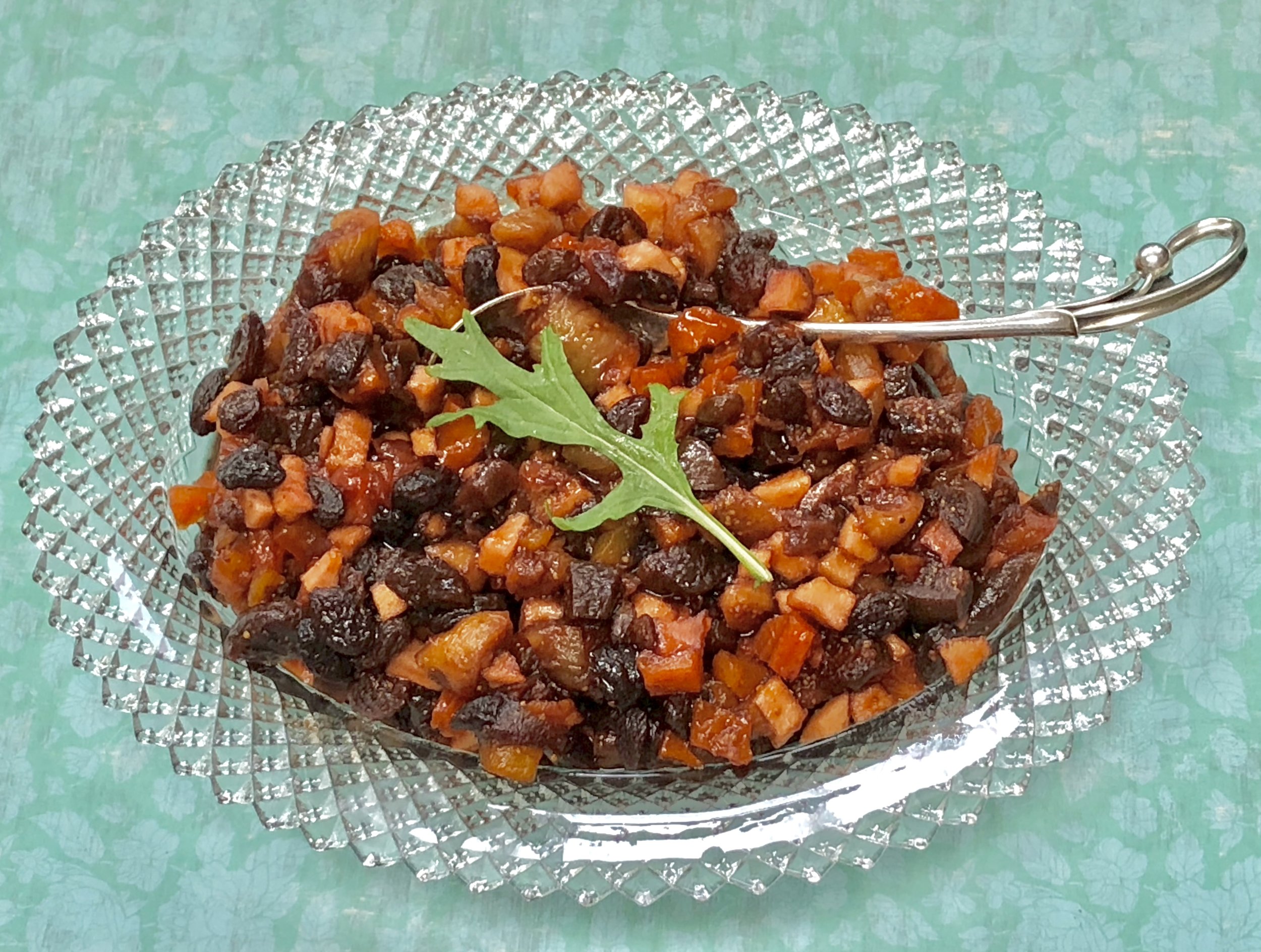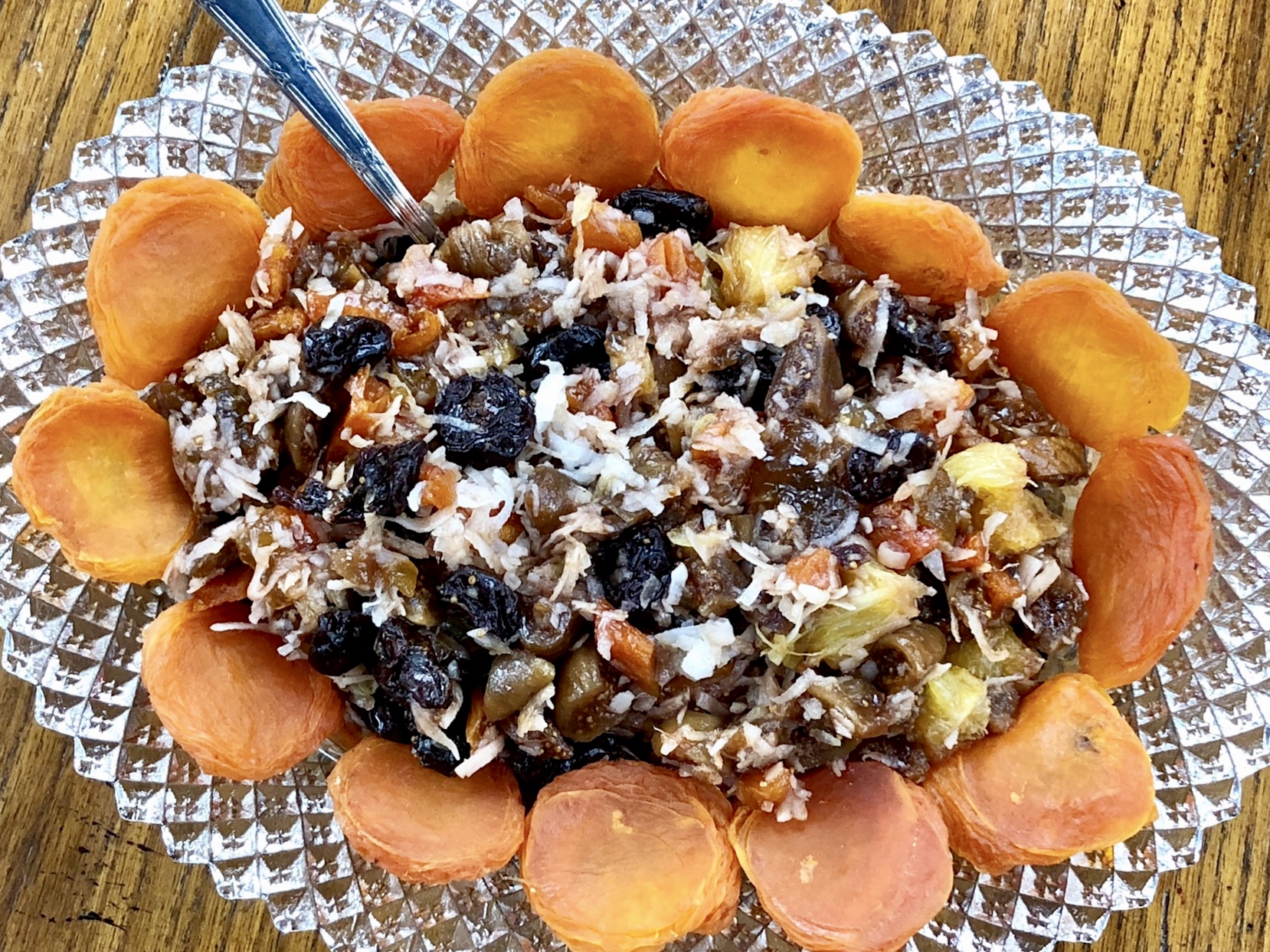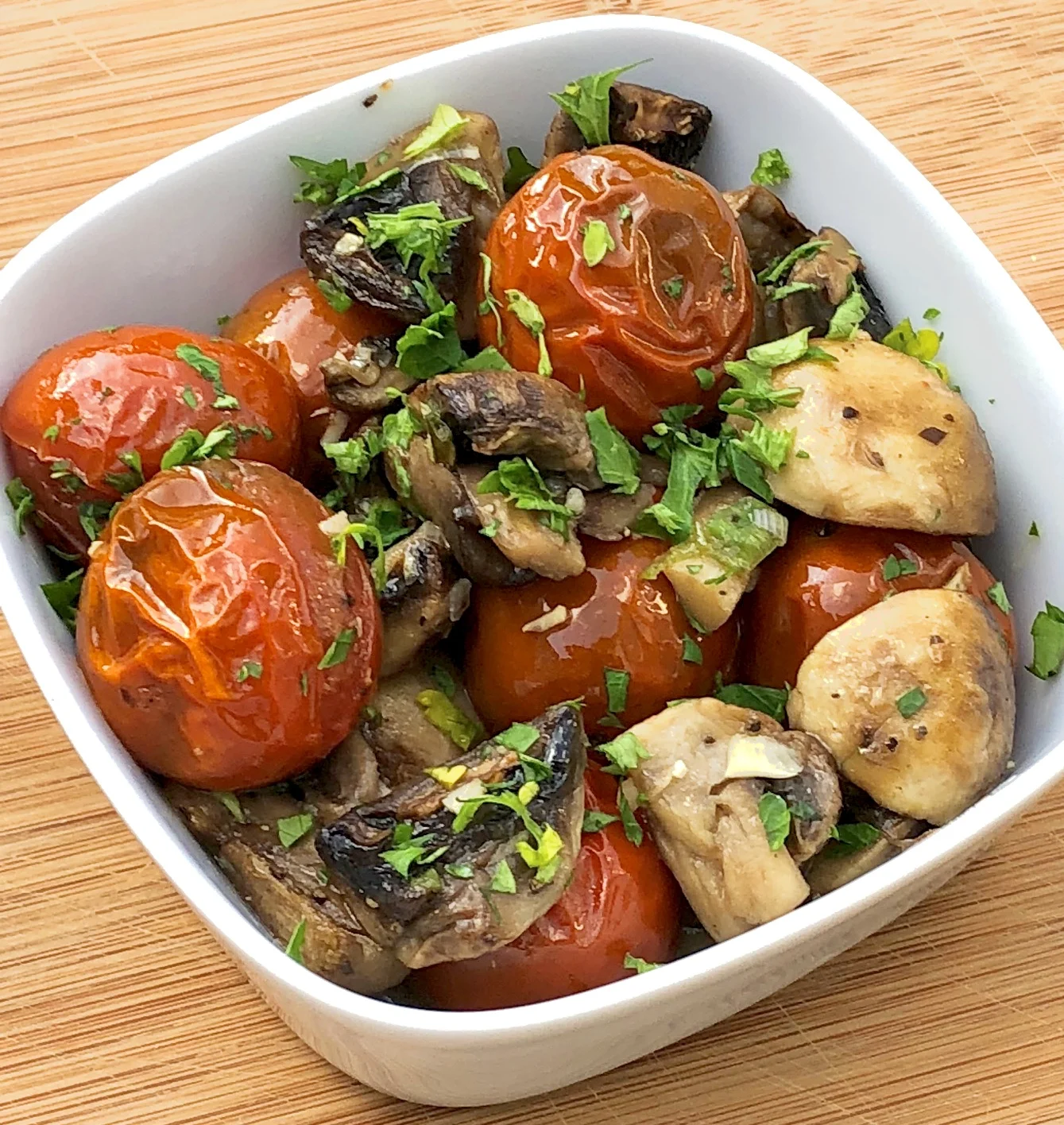Chremslach
Over the years our Seder dinner has changed from time to time, mindful of newcomers to the family or accommodating the people who are vegetarian or who have allergies and so on.
But one dish has been a constant, from the time the Seders were at my grandma’s house, through the years when my mother hosted, continuing through when it was my turn: Chremslach. My grandma’s recipe for honey drenched matzo fritters.
This year, for the first time, one of my daughters is taking over. I’m thrilled for us and for her, to pass the torch, though, truth be told, a little sad too.
I will bring the Chremslach.
L’dor v’dor.
CHREMSLACH
3 large eggs, separated
pinch of salt
1 tablespoon vegetable oil
1/4 cup sugar
3/4 cup matzo meal
vegetable oil for frying
1 pound honey, approximately
In a bowl, beat the egg yolks, salt and one tablespoon vegetable oil together until well blended. In a separate bowl, beat the egg whites until foamy. Gradually add the 1/4 cup sugar and continue to beat until the whites stand up in peaks. Fold the beaten whites into the egg yolk mixture. Fold in the matzo meal. Let the mixture rest for about 30 minutes (I refrigerate). With cool, wet hands, shape portions of the mixture into disks about 1-1/2-inches in diameter and 1/2-inch thick. Heat about 1/4-inch vegetable oil in a saute pan over medium heat. Fry the disks for 1-2 minutes per side or until golden brown on both sides (you may have to flatten them slightly with a rigid spatula). Drain on paper towels and place the fried disks in a large saucepan. Pour the honey over the disks. Cook over low-medium heat for about 10 minutes or until heated through and all the disks are coated with honey. Serve immediately or make ahead and reheat. Add more honey as tastes dictate.
*You can make these 3-4 days in advance and keep them in the honey — may need more honey as the fritters become soaked. Or you can keep the fritters and honey separate and cook them together just before you serve them. My grandma added 1/2 cup chopped walnuts (I don’t because of nut allergies and actually like them better without).
Makes 10-12 servings









